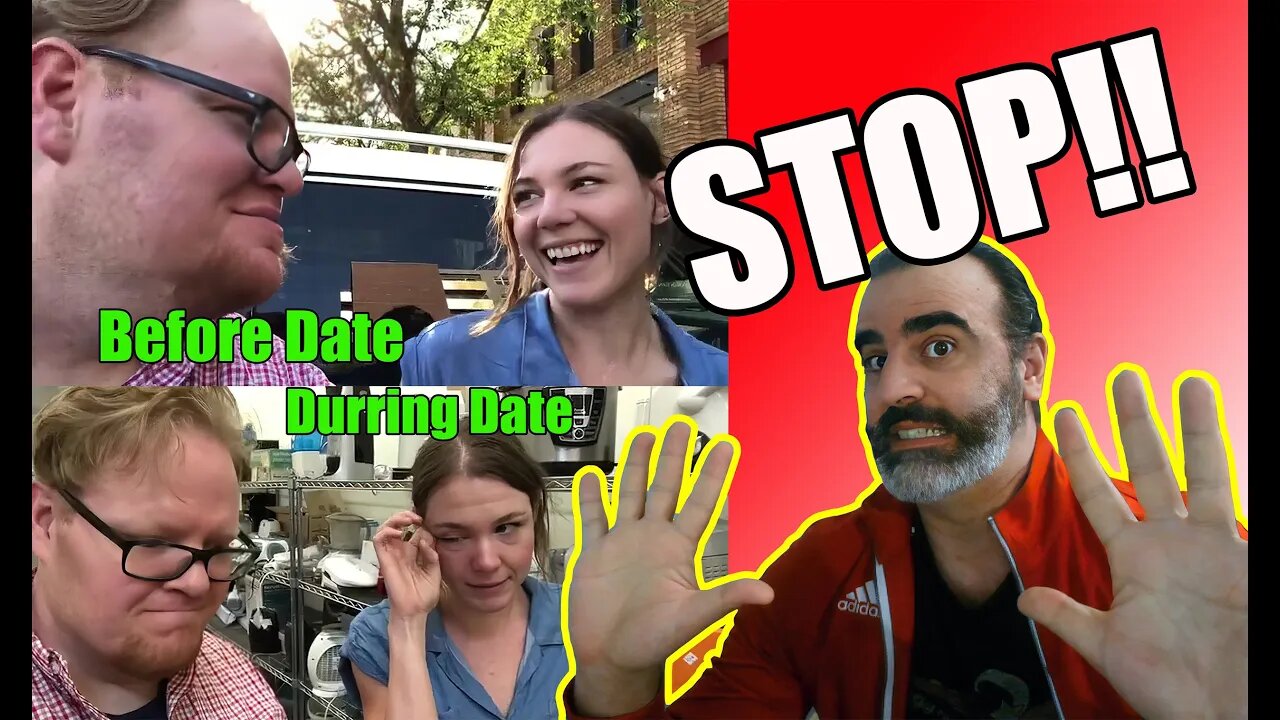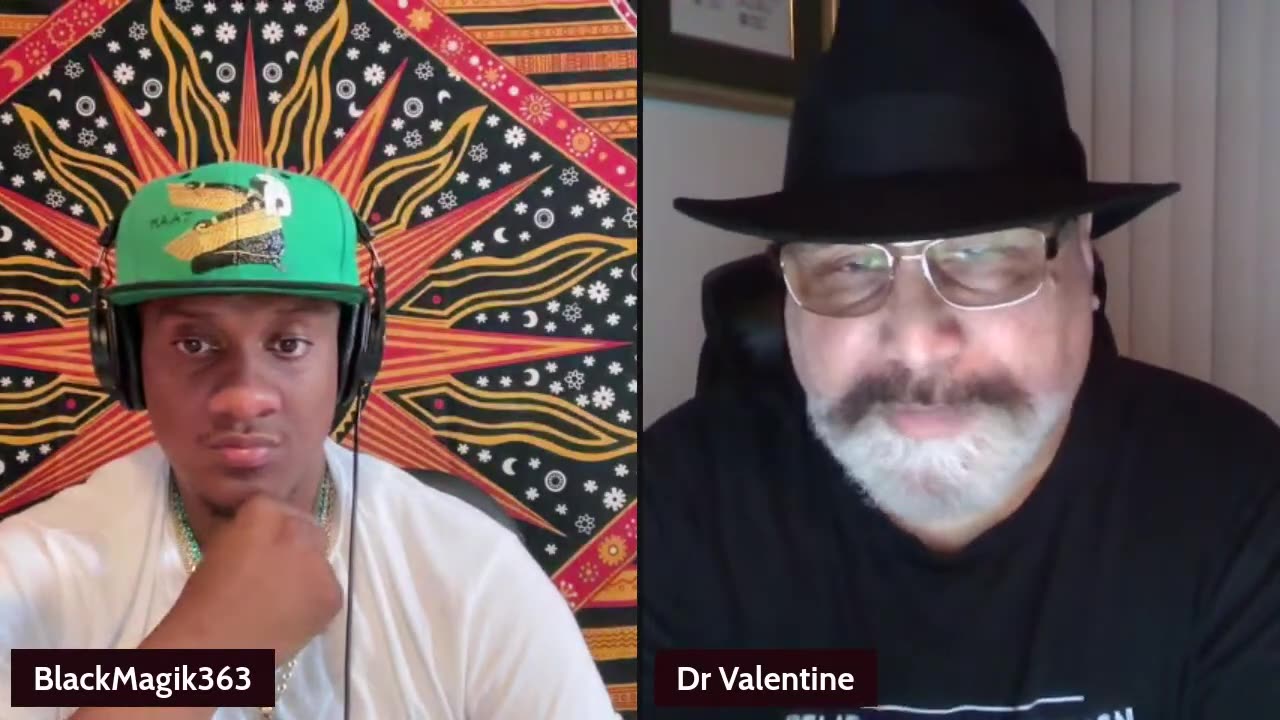Up next
My first time watching SKIPPY THE VIRGIN | Oh Boy it's painfully BAD! part 1
Divine Mother Earth Time #17: Akashic Reader Adam Gell!
Even liberal CNN anchor STUNNED when Dem says Biden needs more nap time
The Time Has Come | Dr. Phil Valentine | Blackmagik363
Chrono Trigger Walkthrough Part 18. "The Time Egg" (No Commentary)
Conservatives want to be libertarian until it's time to do libertarian....
Having a good time in Atlanta. All in sports bar pt2
The Threats From China Are At An ALL TIME HIGH. Congress Is Finally Working.
Canadian Sports has MELTDOWN over a JERSEY.. | First time reacting to @MichaelKnowles
We Did New Years At The Wrong Time Thanks To Miley Cyrus And Dolly Parton
Story Time: The Party's Over. The Day After Art Basel Miami Beach
it seems the time has come to leave the world!
Dirtbags Waste No Time in Using the Uvalde Shooting to Push their Agenda
Cosmic Horror-The Time of Cthulhu
Hurricane Beryl turns into dangerous category 4 storm in time-lapse from space
Biden and Trump argued back argued which one is America’s all-time worst president.
Watch again: Thousands march in Paris for annual Pride parade on eve of French elections
DJ ENVY ON BREAKING THE BIGGEST DISS RECORD OF ALL TIME
CERN Just Discovered Time Capsule That Reveals SCARY Secrets They Don’t Want You To Know
LIVE! N3 PRIME TIME: SCOTUS Censorship Clash, Biden Debate Drama, Soros’s Media Takeover
LIVE! N3 PRIME TIME: Media Bias, Assange's Deal & Midwest Crisis | Uncensored Truth Exposed
The Real BBC: The Acolyte TRIPLES DOWN, Nurse What's Laughable Finale All Time LOW Rating!!
Time Traveler From 3906 Has HORRIBLE News About The Future
Computational Conversations EP#5 | What's the point of the 12 times table?
Alfa Romeo | Racing Through Time
Artist Greg Overton on UFO's, Time Travel, and The I Ching
First Time Hearing Rammstein - Du Hast
Ukraine strikes Russia’s most advanced stealth fighter jet for first time | Ukraine The Latest
Putin visits North Korea for first time in 24 years | LiveNOW from FOX
"TIME AND SPACE" 1959 NASA / JPL FILM PIONEER 4 MISSION LAUNCH LUNAR EXPLORATION XD86645
Tim Pool’s Chat With LUNATIC Fascist Backfires BIG TIME
Graduation Brawl & Time Blindness | The Adam Carolla Show
Sara Walker: Physics of Life, Time, Complexity, and Aliens | Lex Fridman Podcast #433
Mike Tyson - Most Brutal Boxing Knockouts of All Time
Jussie Smollett SENTENCED to JAIL TIME - But is it Enough?!
Ep 3343b - Antifa Mapping Starting A Long Time Ago, Biden Campus Chaos, Iron Eagle
Q2B23 SV | Quantum Generative Models of Financial Time Series | Vanio Markov & Vladimir Rastunkov
Judge Pirro lays out why Hunter Biden could get jail time
Fani Willis: Is it time to get a special prosecutor from another county?
CTMU Discussion: Kal Rivet and Jonathan Mize on God's Time, Logic, Theology, AI and Morality
Pfizer caught in yet another LIE! You won't believe what it was this time!
MIDAS Annual Symposium: Computational Neuroscience, Time Complexity, and Spacekime Analytics
Computational Neuroscience, Time Complexity, and Spacekime Analytics Ivo Dinov – Professor, HBBS/SoN, DCMB/SoM, MIDAS The proliferation of digital information in all human experiences presents difficult challenges and offers unique opportunities of managing, modeling, analyzing, interpreting, and visualizing heterogeneous data. There is a substantial need to develop, validate, productize, and support novel mathematical techniques, advanced statistical computing algorithms, transdisciplinary tools, and effective artificial intelligence apps. Spacekime analytics is a new technique for modeling high-dimensional longitudinal data, such as functional magnetic resonance imaging (fMRI). This approach relies on extending the notions of time, events, particles, and wavefunctions to complex-time (kime), complex-events (kevents), data and inference-functions, respectively. This talk will illustrate how the kime-magnitude (longitudinal time order) and kime-direction (phase) affect the subsequent predictive analytics and the induced scientific inference. The mathematical foundation of spacekime calculus reveals various statistical implications including inferential uncertainty and a Bayesian formulation of spacekime analytics. Complexifying time allows the lifting of all commonly observed processes from the classical 4D Minkowski spacetime to a 5D spacetime manifold, where a number of interesting mathematical problems arise. Spacekime analytics transforms time-varying data, such as time-series observations, into higher-dimensional manifolds representing complex-valued and kime-indexed surfaces (kime-surfaces). This process uncovers some of the intricate structure in high-dimensional data that may be intractable in the classical space-time representation of the data. In addition, the spacekime representation facilitates the development of innovative data science analytical methods for model-based and model-free scientific inference, derived computed phenotyping, and statistical forecasting. Direct neuroscience science applications of spacekime analytics will be demonstrated using simulated data and clinical observations (e.g., UK Biobank).
- Top Comments
- Latest comments

















































